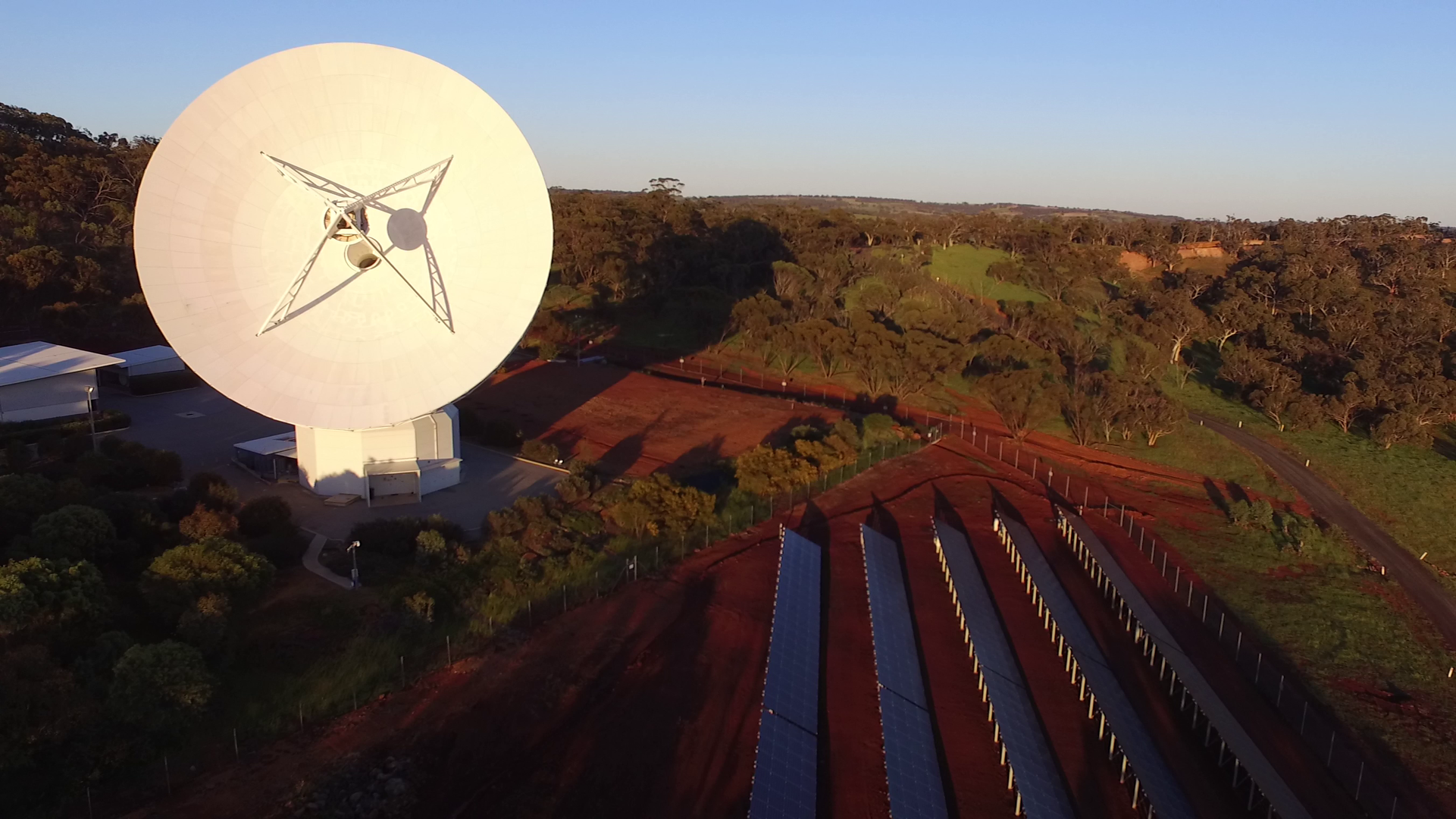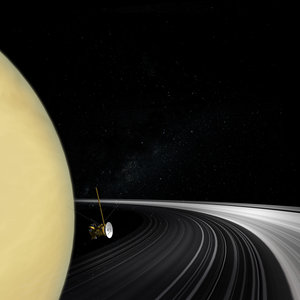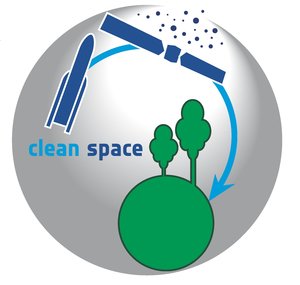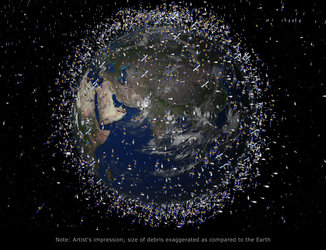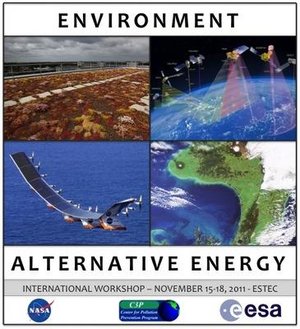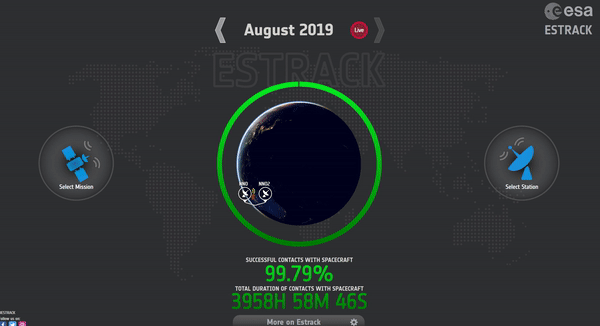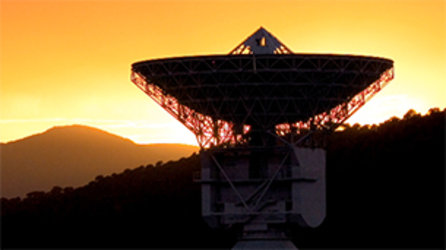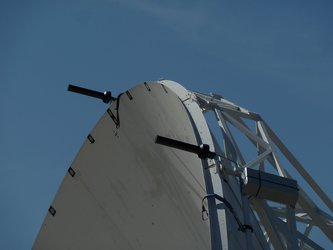Going green to the Red Planet
ESA’s ground station in Western Australia routinely communicates with spacecraft at far-away places like Mars. Now, it’s using sunlight to generate electricity, significantly reducing energy costs.
Whether orbiting a planet, following a comet or peering deep into our Universe, spacecraft have long used solar cells to generate electricity from sunlight to power their mission.
Now, ESA’s deep-space ground station at New Norcia, Western Australia, is also being powered in part by sunlight, thanks to a new solar power ‘farm’ completed in August.
The farm has 840 photovoltaic panels arranged in five double rows with a rated capacity of 250 kW. This is expected to generate 470 MWh of electricity annually, about 40% of the station’s annual needs and equal to the electricity needed to power 134 typical households.
“While we’ve only just completed the first full month of operation, the solar facility has already reduced our cost of purchasing electricity from the local power company by at least 30%,” says ESA’s Marc Roubert.
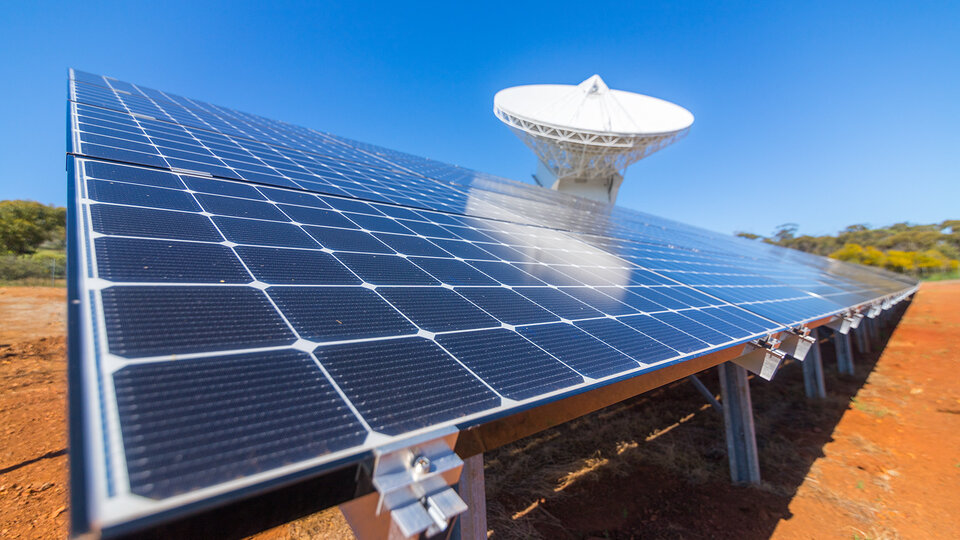
“In the coming summer months, given some sunny, clear skies, we even expect to be able to deliver electricity back to the local grid.”
The installation began in 2015 and is expected to provide a full return on investment within about 15 years.
“The approvals process with the local power authority was lengthy and demanding because of the size of the farm and the remoteness of the station, about 120 km north of Perth,” says Udo Kugel, the project manager at ESA’s mission control centre in Darmstadt, Germany.
“We expect to save 340 tonnes of carbon dioxide each year.”
Communicating deep into space
Opened in 2003, New Norcia was the first of ESA’s trio of deep-space antennas, which provide full communication coverage for spacecraft voyaging into our Solar System.
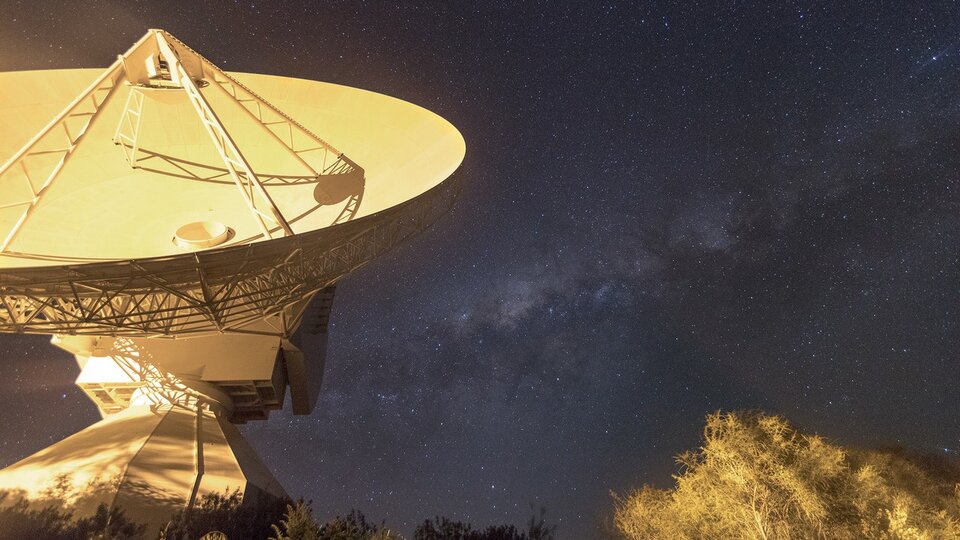
The other stations are located in Argentina and Spain, and all three support ESA missions as well as missions of partner agencies such as NASA, China and the Japanese space agency.
ESA’s antennas feature some of the world’s best technology for deep-space communication. Dual 20 kW amplifiers must be cryogenically cooled, and can be pointed with extreme precision despite wind or dust to transmit commands to spacecraft – like Rosetta – 750 million km away.
In August 2016, New Norcia station received signals from the international Cassini spacecraft orbiting Saturn, across more than 1.4 billion km of space – the furthest ‘catch’ ever made by an ESA station.
More green
In future, ESA will consider upgrading the sites in Spain and Argentina with solar power as well.
“From now on, the power used by our station to command spacecraft will come from the Sun, as will the power used by the spacecraft to downlink the scientific data gathered from orbit,” says Marc.
“Exploring our Solar System is being done with sunlight at both ends.”
More images and videos via ESA Flickr



